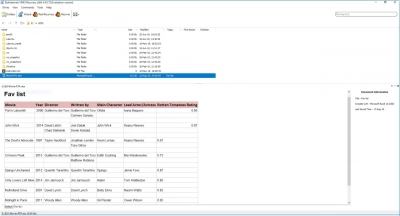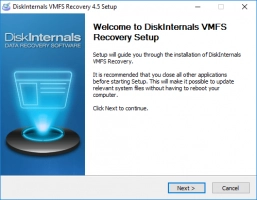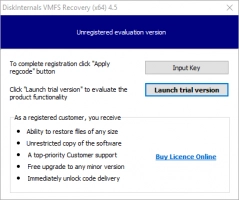Fix the VirtualBox: no bootable medium found issue
Here you will find out:
- what is the “VirtualBox: no bootable medium found” issue
- methods how to fix it
- when DiskInternals can help you
Are you ready? Let's read!
What is the “VirtualBox: no bootable medium found” issue?
With the terrifying message, “VirtualBox: no bootable medium found”, your VM will not boot and the entire system cannot run. This incident can happen with a new VM, or with an existing one. This article will help you, as it will examine the most common causes of the “no bootable medium found” error and describe the most effective solutions to this problem.
So be patient and look for the case that fits your situation best.
Case 1. The disk with an ISO is corrupted
If the ISO file or its fragments are located on the damaged sectors of the hard disk, then the virtual machine is unlikely to boot. It is in such cases that users receive messages like “no bootable medium found”.
There are several solutions to the problem:
- Manually create a new bootable ISO image
- Download a different ISO installation image
- Clone a physical DVD into an ISO image
It should be understood that recovering an ISO file from a damaged hard drive is extremely unlikely.
Case 2. No bootable disk
A bootable physical CD/DVD may have been created without the necessary conditions. If, during its creation, it is not noted that this is a boot disk, then the VM will not open from it and will produce the error message: “no bootable medium found, system halted”. If you have an ISO image, then creating it incorrectly will also lead to a similar outcome.
Then do the following:
- Burn another bootable CD/DVD-ROM with the necessary parameters
- Recreate the image of the bootable ISO disk correctly
Also, just in case, check if you inserted the disk into the drive correctly. Also check the checksum of your file after loading the ISO image.
Case 3. Empty optical disk
If an empty ISO image or CD/DVD is inserted into the optical drive, then the virtual machine will not be able to boot.
Here's what to do in this situation:
Insert the bootable media properly into the virtual CD / DVD drive and reboot the virtual machine. To do this, in the VirtualBox main window, select the required virtual machine.
Next, go to the "Machine", here select the "Settings" with the left mouse button and then click on "Storage". Here, in the list of storage devices, check whether the boot disk image (ISO) is inserted in the physical or virtual optical drive connected to your virtual machine. If the drive is empty, select the appropriate ISO file and reboot the system.
The problem should disappear.
Case 4. CD/DVD disk damaged
Unfortunately, a CD/DVD disk is exposed to physical damage during its operation: scratches, dirt, etc. If this damage is significant, then the disk may be unreadable. Therefore, you must always carefully and accurately treat physical disks.
The only effective solution is to use another disk of the same type (copy) or, if possible, create a copy on another medium.
Case X. VMDK files are missing
DiskInternals VMFS Recovery can be a salvation for you if any files in your virtual machine are lost or damaged. This application is designed to meet professional standards, but be accessible enough for anyone to use. It can provide access to both healthy and damaged virtual disks that are used by VMware vSphere and ESX/ESXi Server.
It is also possible to restore VMDK images when the ESX/ESXi storage is first restored to access the VMDK images. After that, the necessary VMDK images are extracted and the normal data recovery process starts. All recovery steps are supervised by the Recovery Wizard, and afterward the scan results are available for free preview. Use the step-by-step guide below and then you will not have any questions about what to do:
Download and install DiskInternals VMFS Recovery.
Set up an SSH connection if required; if this is not necessary, then proceed to the next step.
Open the local drive or SSH.
Next, proceed with scanning, after which you will find the necessary VMDK files.
The next crucial step is to mount the VMDK file.
As soon as you open this file, view the files to check for their integrity.

The last step is to perform data export after you purchase a license.


